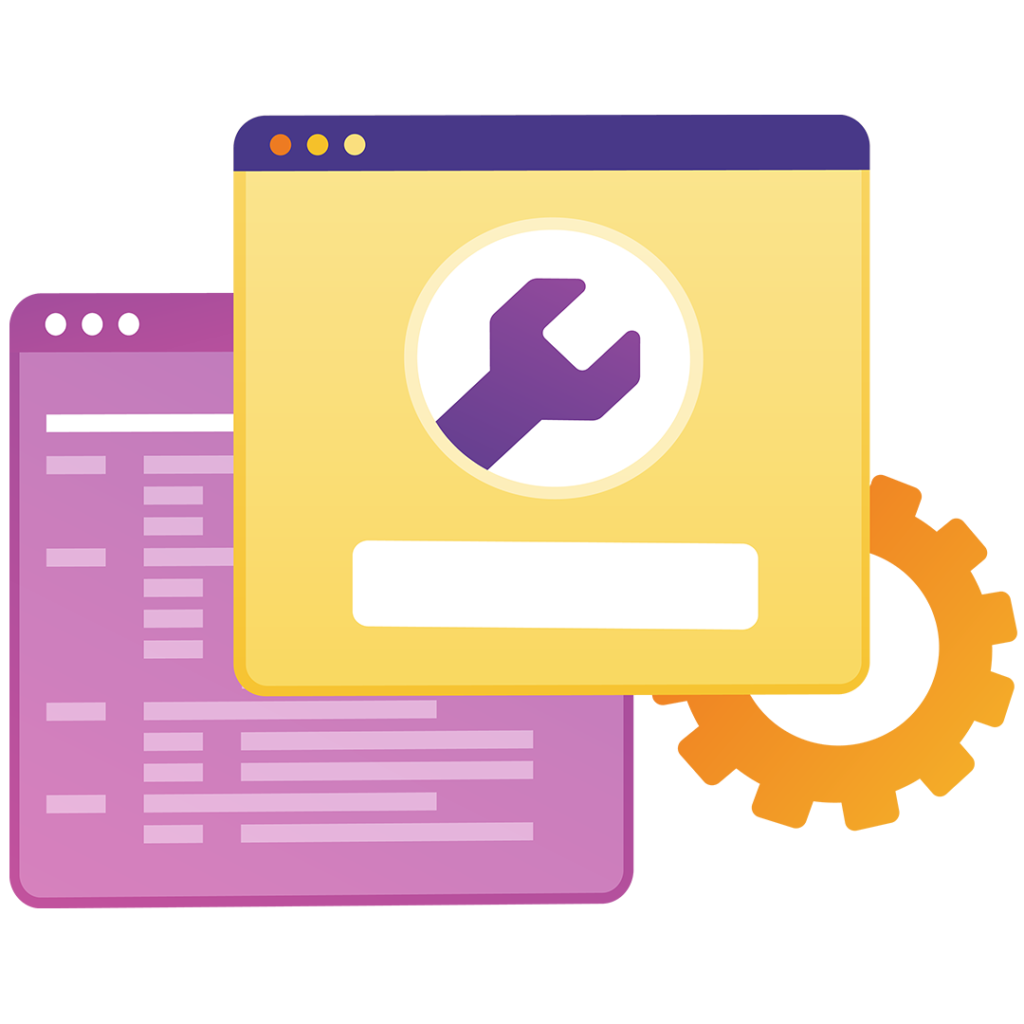A cross-site scripting (XSS) attack can cause arbitrary code (javascript) to run in a user’s browser while the browser is connected to a trusted website. The application targets your application’s users and not the application itself, but it uses your application as the vehicle for the attack. The XSS payload executes whenever the user opens the Settings Page of the Post Duplicator Plugin or the application root page after duplicating any of the existing posts.
-
Products
Our ASM platform discovers, analyzes, prioritizes, & offers remediation plans for exposures in your known & unknown assets.
Our VI platform delivers threat intelligence & context on the latest cyber threats providing you with actionable insights for remediation.
-
Services

Our vulnerability management continually detects, prioritizes, & plans remediation to protect your entire IT landscape.

Our penetration testing simulates a real-world attack on your digital assets to determine the strength of your security & defenses.
-
Use Cases
- Attack Surface Management
- Continuous Attack Surface Reduction
- Discovery of Known & Unknown Assets
- Assets with Known Ransomware and Exploitable Vulnerabilities
- Non-Production Systems Exposed to the Public
- Monitor Subsidiaries & Acquisitions
- Vulnerability Intelligence
- Early Warning Risk Alerts
- Vulnerability Prioritization
- Tech Stack Alerting
- Actionable Threat Intelligence
- Penetration Testing
- Network & Infrastructure Penetration Testing
- Meet your Compliance Requirements
- Test Your Security Resilience
- Protect Intellectual Property
- Vulnerability Management
- Manage Vulnerabilities & Exposures
- Network & Application Vulnerability Management
- Threat & Vulnerability Advisories
- Vulnerability Validation & False Positive Elimination

-
Partners

As a partner led organization, we are committed to working with our partners to deliver world-class early warning security intelligence solutions that eliminate the adversary advantage & deliver superior security outcomes for your clients.
- Resources
-
About













